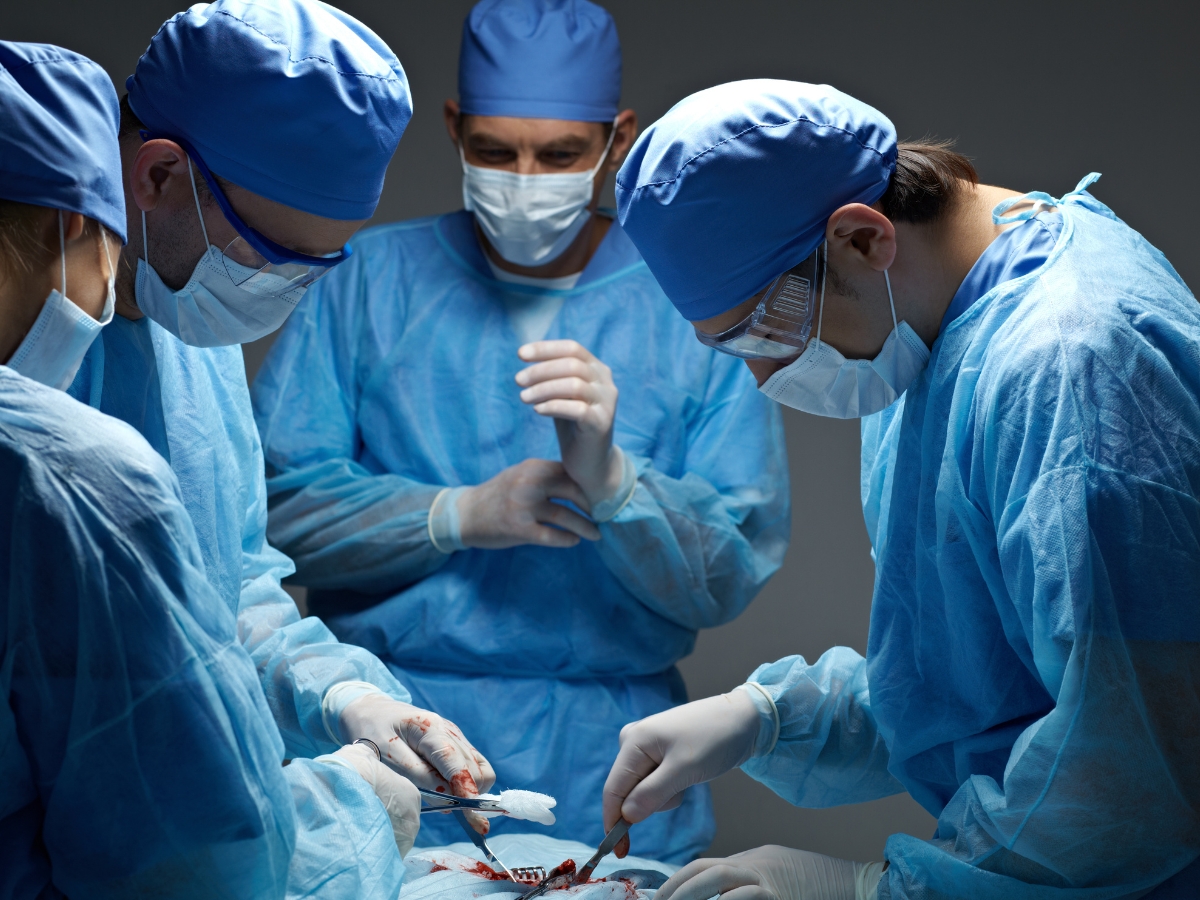Gastroschisis: Symptoms, Causes, Treatment
What are the symptoms of gastroschisis?
Gastroschisis is a birth defect in which a baby’s intestines protrude outside of the body through a hole in the abdominal wall, usually to the right of the umbilical cord. The symptoms of gastroschisis can vary depending on the severity of the condition, but may include:
- Visible intestinal organs: The most obvious symptom of gastroschisis is the presence of the baby’s intestines outside of the body, often covered by a thin membrane. This can be seen immediately after birth.
- Swelling or redness: The area where the intestines protrude may appear swollen or red.
- Difficulty feeding: Babies with gastroschisis may have difficulty feeding, either because of the position of their intestines or because of other associated complications.
- Failure to thrive: Some babies with gastroschisis may have difficulty gaining weight and growing at a normal rate.
- Intestinal complications: Babies with gastroschisis are at risk of developing complications such as intestinal obstruction, volvulus (twisting of the intestines), or necrotizing enterocolitis (a serious condition that causes the intestinal tissue to become damaged and die).
- Other birth defects: In some cases, gastroschisis may be associated with other birth defects, such as congenital heart defects or abnormalities of the urinary tract.
It’s important to note that gastroschisis is typically diagnosed before birth during a routine ultrasound examination. After birth, immediate surgical repair is needed to place the intestines back inside the abdomen and close the opening in the abdominal wall. With prompt treatment by a healthcare provider, most babies with gastroschisis can recover fully and lead normal, healthy lives.
What are the causes of gastroschisis?
The exact cause of gastroschisis is not known, but it is believed to be a multifactorial condition, meaning that multiple factors may contribute to its development. Some possible factors that may play a role in the development of gastroschisis include:
- Disruption of embryonic development: Gastroschisis is thought to occur early in embryonic development, during the formation of the abdominal wall. It is believed that a disruption in this process may lead to the development of a hole in the abdominal wall through which the intestines can protrude.
- Genetic factors: While gastroschisis is not believed to be directly inherited, there may be a genetic predisposition that increases the risk of developing the condition. Studies have suggested that certain genetic variations may be associated with an increased risk of gastroschisis.
- Environmental factors: Exposure to certain environmental factors during pregnancy may increase the risk of gastroschisis. These factors may include certain medications, chemicals, or toxins.
- Maternal age: Some studies have suggested that younger maternal age may be associated with an increased risk of gastroschisis, although the reasons for this are not well understood.
- Nutritional factors: There is some evidence to suggest that poor maternal nutrition during pregnancy may increase the risk of gastroschisis. However, more research is needed to fully understand the role of nutrition in the development of the condition.
It’s important to note that gastroschisis is a rare condition, and most babies born with gastroschisis are otherwise healthy. The exact cause of gastroschisis is not always clear, and more research is needed to fully understand the factors that contribute to its development.
What is the treatment for gastroschisis?
The treatment for gastroschisis typically involves surgical repair to place the baby’s intestines back inside the abdomen and close the opening in the abdominal wall. The specific treatment plan may vary depending on the severity of the condition and any associated complications. Treatment for gastroschisis may include:
- Immediate surgery: Babies born with gastroschisis usually require surgery shortly after birth to place the intestines back inside the abdomen and close the opening in the abdominal wall. This surgery is typically performed by a pediatric surgeon experienced in treating gastroschisis.
- Ventilatory support: Some babies with gastroschisis may require ventilatory support (such as a ventilator or CPAP machine) to help them breathe after surgery.
- Nutritional support: Babies with gastroschisis may have difficulty feeding initially, so they may require nutritional support, such as intravenous fluids or tube feeding, until they are able to tolerate oral feeds.
- Monitoring for complications: Babies with gastroschisis are at risk of developing complications such as intestinal obstruction, volvulus (twisting of the intestines), or necrotizing enterocolitis (a serious condition that causes the intestinal tissue to become damaged and die). These babies require close monitoring for signs of complications.
- Long-term follow-up: Babies who have undergone surgery for gastroschisis require long-term follow-up care to monitor their growth and development and to address any potential long-term complications related to the condition or its treatment.
The outlook for babies born with gastroschisis is generally good, especially with prompt surgical treatment. Most babies are able to make a full recovery and lead normal, healthy lives. However, the exact outcome can vary depending on the severity of the condition and any associated complications. It’s important for parents of babies with gastroschisis to work closely with a healthcare team experienced in treating the condition to ensure the best possible outcome for their child.




